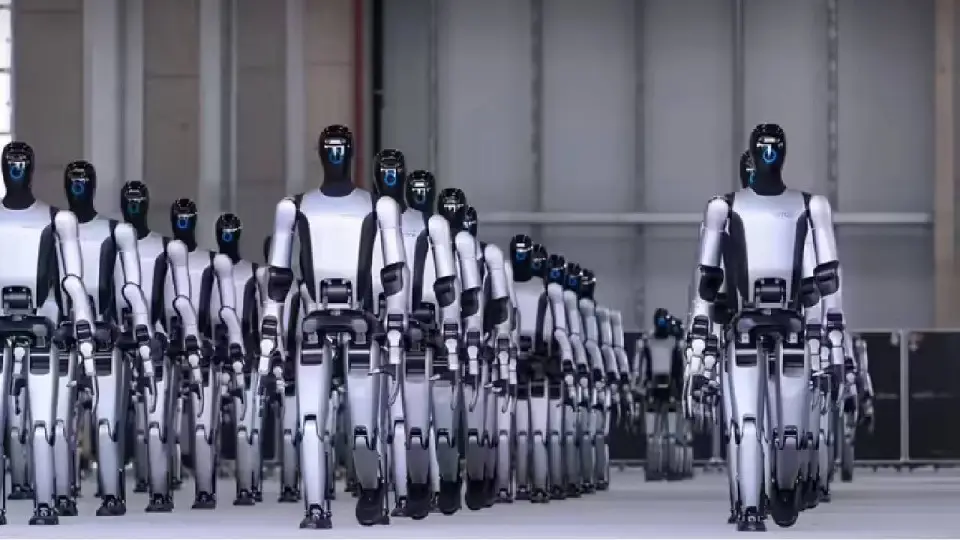
China Border Robots (Credit: OpenAI)
Tech News: A Chinese robotics company, Ubtech, has received an order worth 264 million yuan, approximately 37 million US dollars. Under this agreement, humanoid robots will be installed at Guangxi province’s border checkpoints. They will begin operations from December. These robots will assist with patrolling duties and support public service tasks. This is the first large-scale use of humanoid robots in official government operations within China. Authorities believe this technology will increase efficiency and reduce reliance on manual labour.
The robots will guide passengers, help manage queues, carry goods and support shop activities. They will also perform inspection work in steel, copper and aluminium factories. Their autonomous movement allows them to make independent decisions. They are expected to help patrol border zones without rest. Officials claim the robots possess capabilities close to human performance. Their deployment is aimed at enhancing security, assistance and operational speed.
According to Interesting Engineering, the model being used is Walker S2, launched in July. It stands approximately 1.76 metres tall. The robot features 52 joint points, including 11 in each hand for precision handling. It can lift up to 15 kilograms. A major highlight is its automatic battery replacement ability. It switches batteries by itself within three minutes, allowing 24-hour operation without downtime. Flexibility and mechanical balance make it suitable for demanding conditions.
The robot includes two cameras positioned like human eyes. This allows accurate perception of distance and surroundings. It can move at speeds of up to 7.2 kilometres per hour. Advanced control systems ensure balance even while carrying weight. Its internal AI-based processing acts like a brain, enabling autonomous decision-making. The robot can function in challenging environments without external instruction.
China has already deployed service robots in multiple public sectors. At Hangzhou airport, robots respond to passenger queries. During the Shanghai Cooperation Summit in Tianjin, multilingual robots were used. Police robots are also patrolling streets in Shenzhen, Shanghai and Chengdu. This growing integration demonstrates China’s rapid shift toward AI-led public system management.
The Chinese government has intensified efforts to expand robotic applications. A National Humanoid Robot Committee has been established, featuring members from major technology firms. Robots are now being used in hospitals, elderly care, city sanitation, traffic operations and metro logistics. Border deployment represents an extension of state security innovation. Authorities expect robots to support physical labour and improve task reliability.
Experts believe humanoid robots could gradually take over repetitive security functions. Their constant availability and AI-based response make them effective for surveillance and assistance tasks. China aims to integrate robotics into wider government infrastructure, potentially reshaping border monitoring methods. The move highlights a future where technological capability complements human security management.













Copyright © 2025 Top Indian News
